.png)
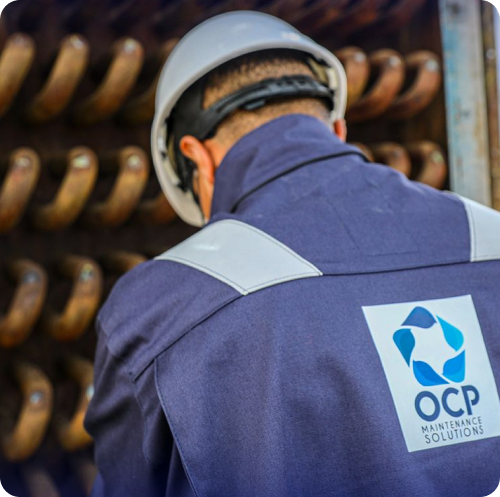






















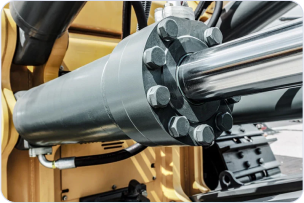
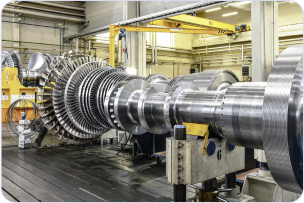

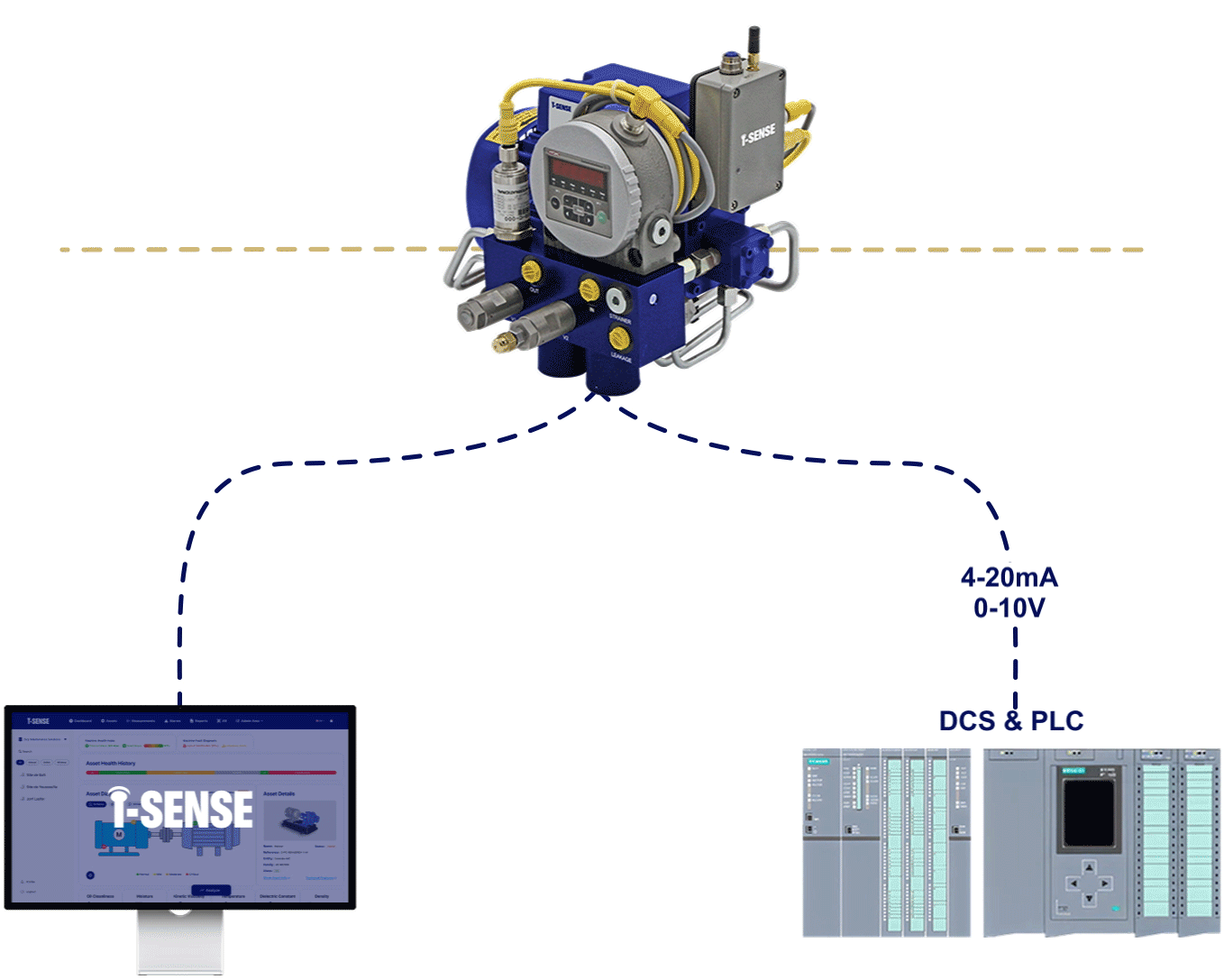
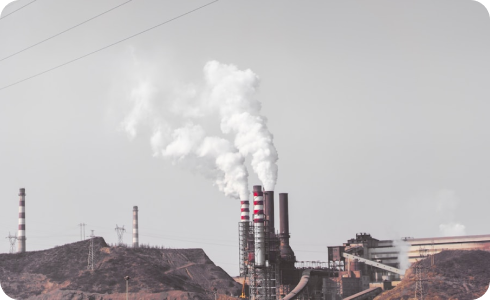

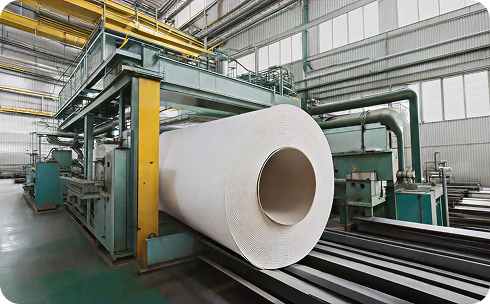



.png)


Oil Condition Monitoring (OCM) is the process of tracking the state of oil within a system to ensure optimal performance and longevity of machinery. It involves assessing the oil's viscosity, acidity, and presence of contaminants. With tools like oil monitoring systems, oil analyzers, and oil sensors, OCM enables real-time insights into oil conditions, allowing for timely interventions and maintenance, ultimately enhancing the efficiency and reliability of equipment.

Our oil monitoring system provides real-time data, allowing managers to make informed decisions about maintenance schedules. With precise oil condition tracking, unnecessary oil changes are minimized, reducing waste and time spent on unneeded maintenance. The system's sensors detect variations in oil quality, alerting users to potential issues before they escalate into costly repairs.
By continuously monitoring oil levels, our system ensures that machinery operates within optimal parameters, thereby extending its lifespan. The ability to predict fill levels based on usage patterns means that oil is replenished exactly when needed, enhancing equipment efficiency and reliability. Such detailed insight into oil conditions guarantees that machinery is always running at peak performance, significantly reducing the likelihood of unexpected breakdowns.
The product's user-friendly interface offers plant managers a clear view of oil levels and quality over time. This comprehensive perspective aids in strategic planning and resource allocation. By basing maintenance decisions on accurate, up-to-date information, our system empowers maintenance teams to prioritize tasks effectively, resulting in prolonged machinery service life and reduced operational costs. In addition, real-time alerts from the system provide timely notifications that enable swift responses to oil-related anomalies, ensuring that all equipment continues to function smoothly.
Through detailed oil condition analysis, potential contamination or degradation is identified early, allowing for proactive measures that prevent significant damage. The synergy of precise monitoring and timely intervention fosters a maintenance culture that not only safeguards machinery but also optimizes resource use. As a result, plant operations become more streamlined and sustainable, setting a precedent for efficient and responsible industrial practices.